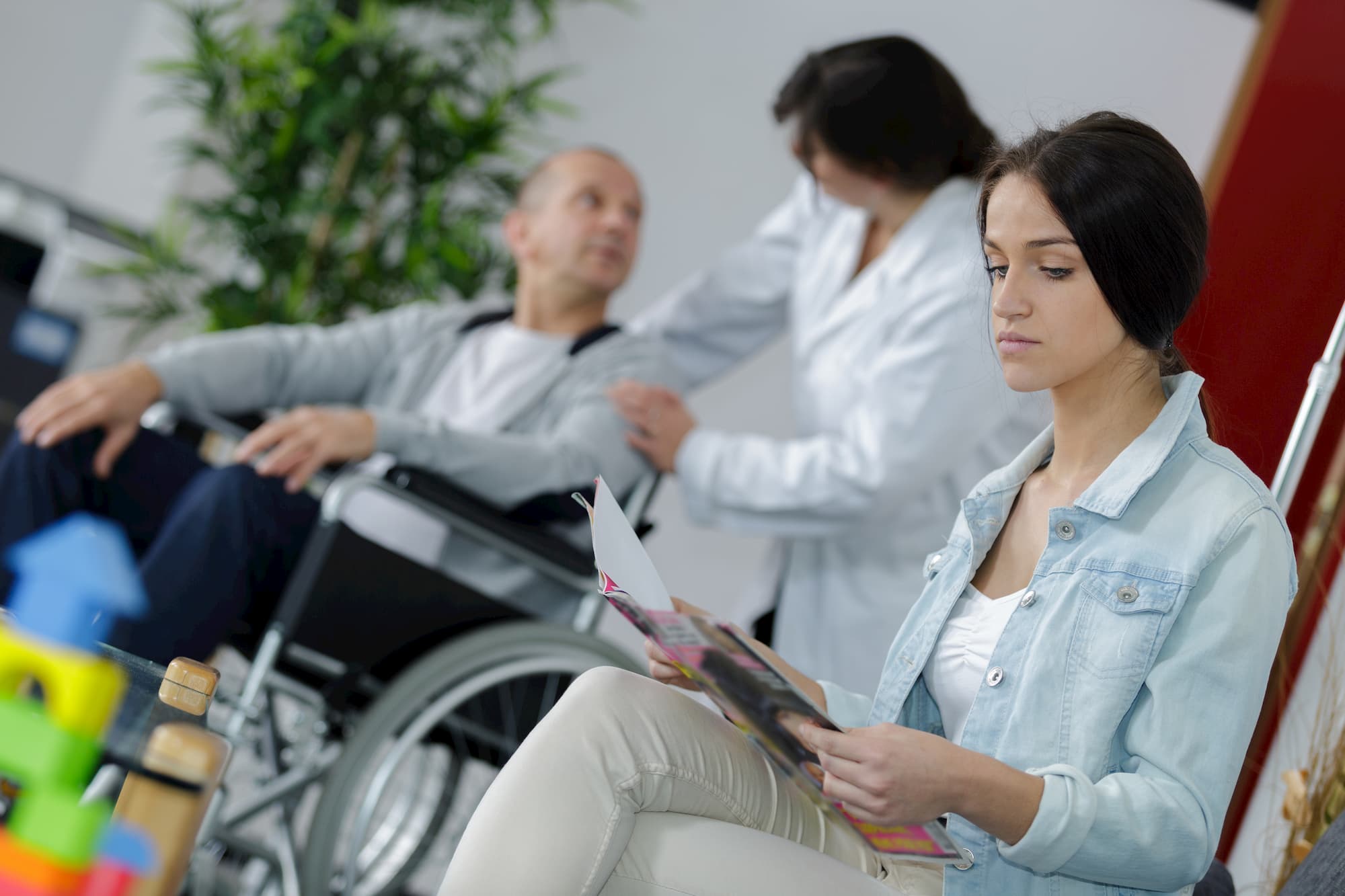Arm Lift
Brachiaplasty
An arm lift is a cosmetic surgical procedure to improve the appearance of the under portion of your upper arms.
During an arm lift — also known as brachiaplasty — excess skin and fat are removed from between the armpit and elbow. The remaining skin is placed back over the newly repositioned contours to create a more toned look. Occasionally, liposuction may be required to further improve the contours.
As you get older, the skin on your upper arms changes — sagging and becoming loose. Significant weight loss also can cause the undersides of your upper arms to droop. While exercise can strengthen and improve muscle tone in the upper arm, it can't address excess skin that has lost elasticity. You might choose to have an arm lift if the undersides of your upper arms are sagging. An arm lift might also boost your body image.
Your arm lift journey
Consultation
After taking a thorough history, you will be examined to assess the amount of excess skin and fat that requires removal. I will explain to you in detail what can be achieved and aspects that will remain unchanged after surgery.
The Procedure
All the procedures described above are performed under a general anaesthetic. The operation takes between 2 and 3 hours depending on the procedure. You will require an overnight stay in hospital.
It is common to have some bruising and swelling post operatively. This is more obvious if the operation includes liposuction. This settles over a few weeks. The final shape may not be seen for at least 6 months after surgery. Please remember that any change in your weight will impact on the shape of your arms, even after surgery.

Surgery

Plenty of local anaesthetic is used during the operation while you are asleep. This means that following surgery, there will be minimal discomfort for the first few hours. Thereafter, a standard regimen of painkillers usually suffices for most people.
Potential Complications
Minor trickle of blood from the wound edges are common, and gentle pressure is usually sufficient to control this. A significant bleed may lead to a haematoma (collection of blood). If this happens, your arm may become swollen, bruised and you may feel quite weak and faint. This will require a return to theatre to control the bleeding. After the first 24-48 hours, this is highly unlikely to happen.

General Anaethesia
Any operation involving a general anaesthetic carries a risk of developing blood clots in the calves (deep vein thrombosis – DVT), which could break off and move to the lungs causing a pulmonary embolism (PE). Early mobilisation and keeping hydrated will reduce this risk, as will avoiding smoking before and after surgery for at least 6 weeks. There is a risk of allergy to the drugs for anaesthetic and antibiotics / pain relief, and a very small but theoretical risk of major life threatening complication / death related to the anaesthetic (1 in 100,000 risk).
Other Information
Work and leisure activities: It is recommended that you take 2 weeks off work. Avoid swimming, the gym or strenuous activities for 6 weeks. Avoid lifting your arms above shoulder level for three to four weeks.
Diet: Maintain a healthy nutritious diet with plenty of fruit and vegetables, as this is important for wound healing and comfortable bowel movement.
Flying: Avoid flying for the first six weeks, wear flight socks and take low dose aspirin (75mg) before flying. Additionally, if there are any major problems, I would like to be able to see you within those 6 weeks.
